- No products in the cart.
Sustainability Goals 2050
Embedding an environmental, social, and governance (ESG) framework as a cornerstone of a sustainable building and construction industry.
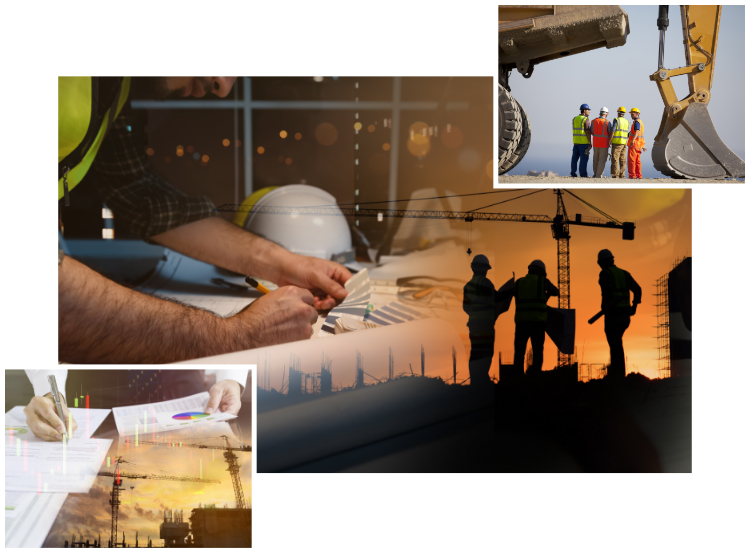
Building a sustainable and resilient future
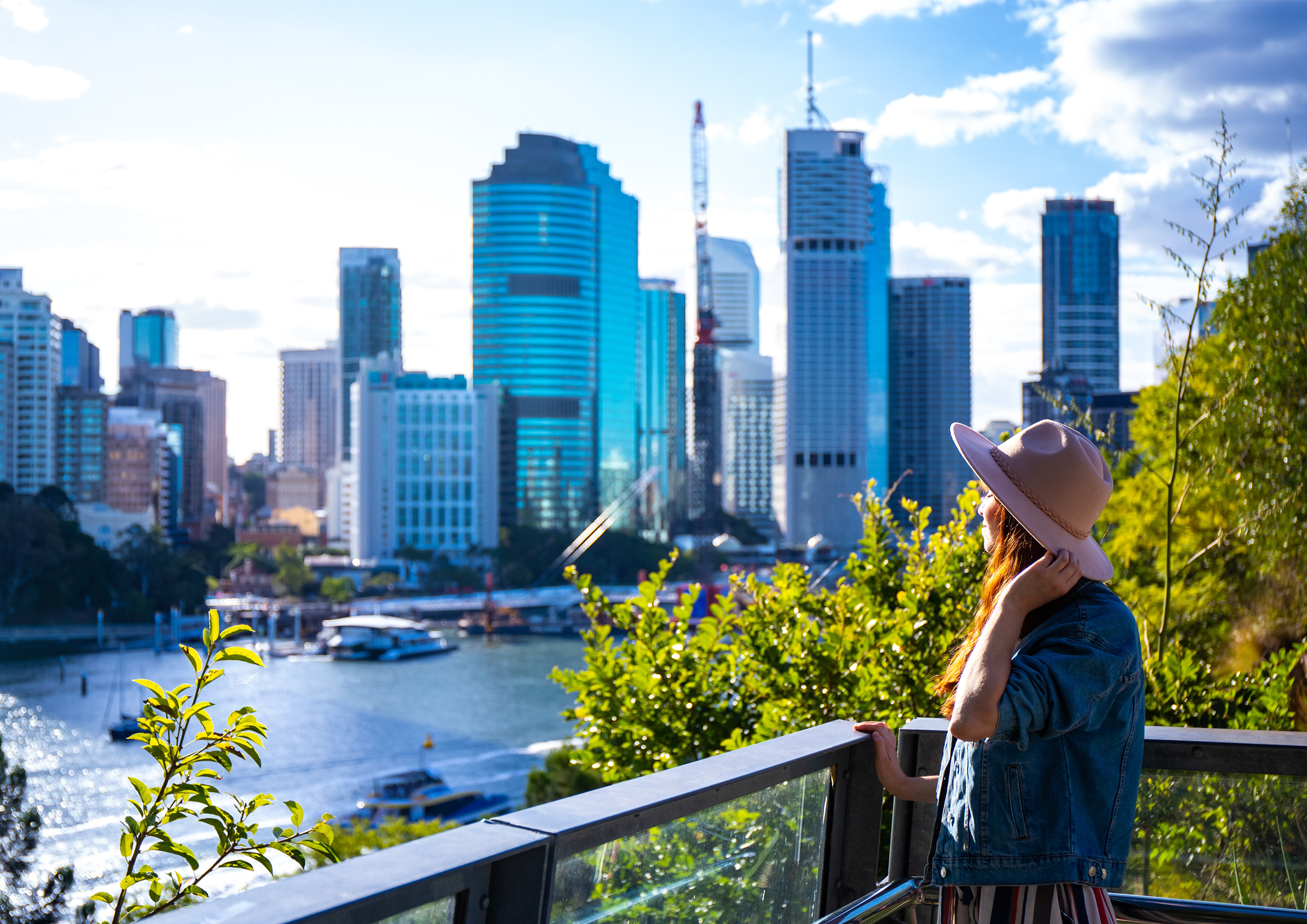
The vision of Master Builders Australia is for a profitable and sustainable building and construction industry. To achieve this vision, we cannot just focus our attention on the here and now, but we also need a greater commitment and energy in the longer term to future-proof our industry and Australia’s built environment.
To ensure we are progressing more effectively towards our vision, Master Builders has established the Building and Construction Industry Sustainability Goals 2050.
These goals articulate the ambition to achieve a more robust and sustainable industry in the long term by identifying material issues likely to affect business performance and developing actions to minimise the risks and/or maximise the opportunities of those material issues through an ESG governance framework.
Master Builders has identified eight material impact issues for the building and construction industry that require greater focused attention through an industry-led approach to improving the long-term sustainability of the industry.
The goals have been set to be achieved by 2050, with 2030 ambitions agreed upon for each goal, supported by three-year action plans to be measured annually.
Our process and its identified outputs have been selected where Master Builders and its members will likely achieve the greatest success. We acknowledge that as an industry association, we don’t make decisions for businesses, governments, or the public. Still, we have a leadership role to influence change in a manageable and sustainable way that enables the building and construction industry to be viable.
With a growing population, housing shortages, flatlining productivity and more significant environmental challenges, ESG-focused building and construction practices can shape a more sustainable future for businesses, their workers and the communities in which we operate.
We cannot achieve our ambitious goals alone. We will need to partner with our member associations and their members, other industry stakeholders throughout the building supply chain, and governments, to drive better outcomes for such an important industry to the Australian economy and community.
Collectively, we seek to embed practices into industry business models to generate stronger and more sustainable businesses that will create more jobs, create a better built environment, and contribute to a stronger economy.
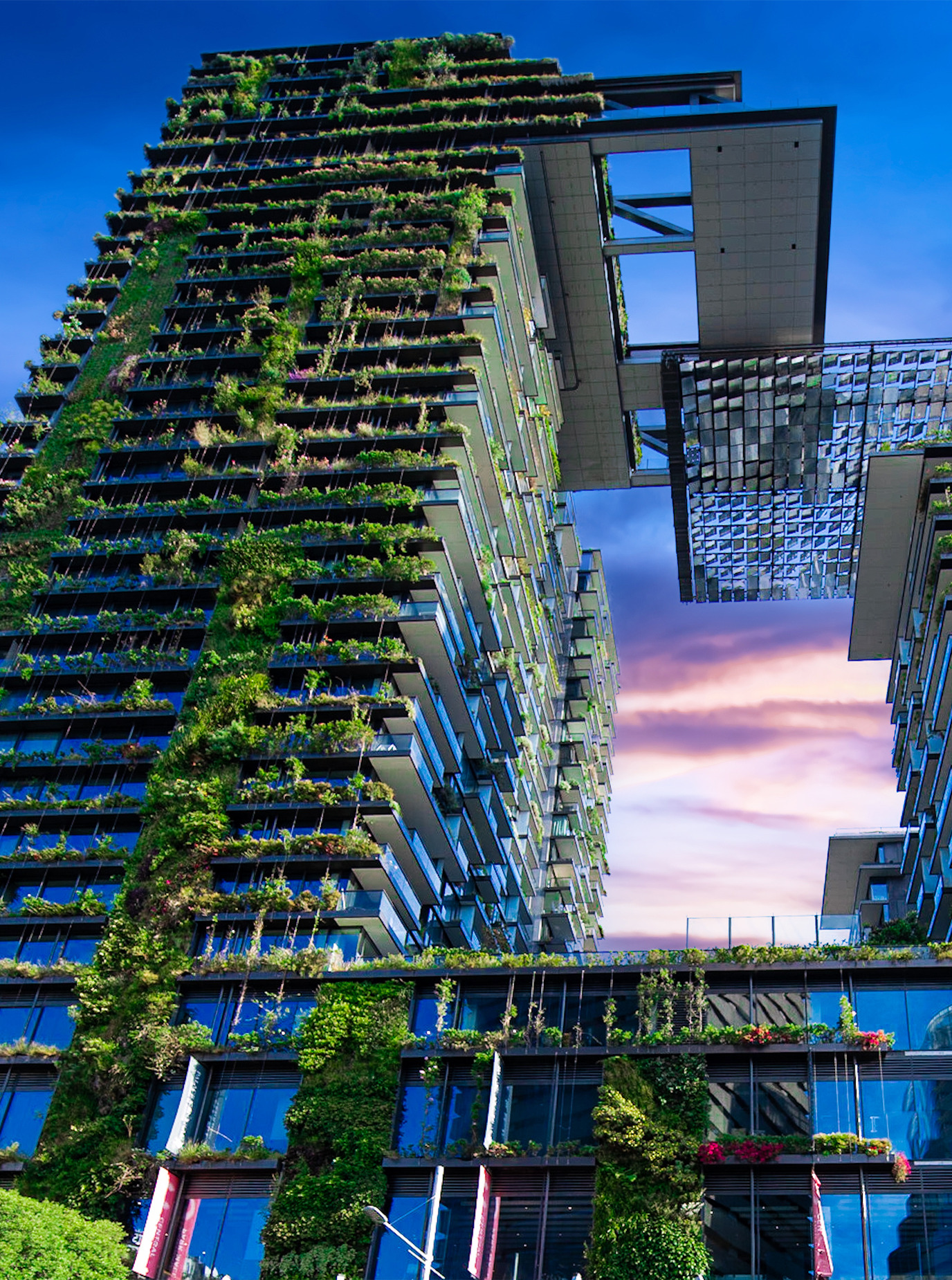
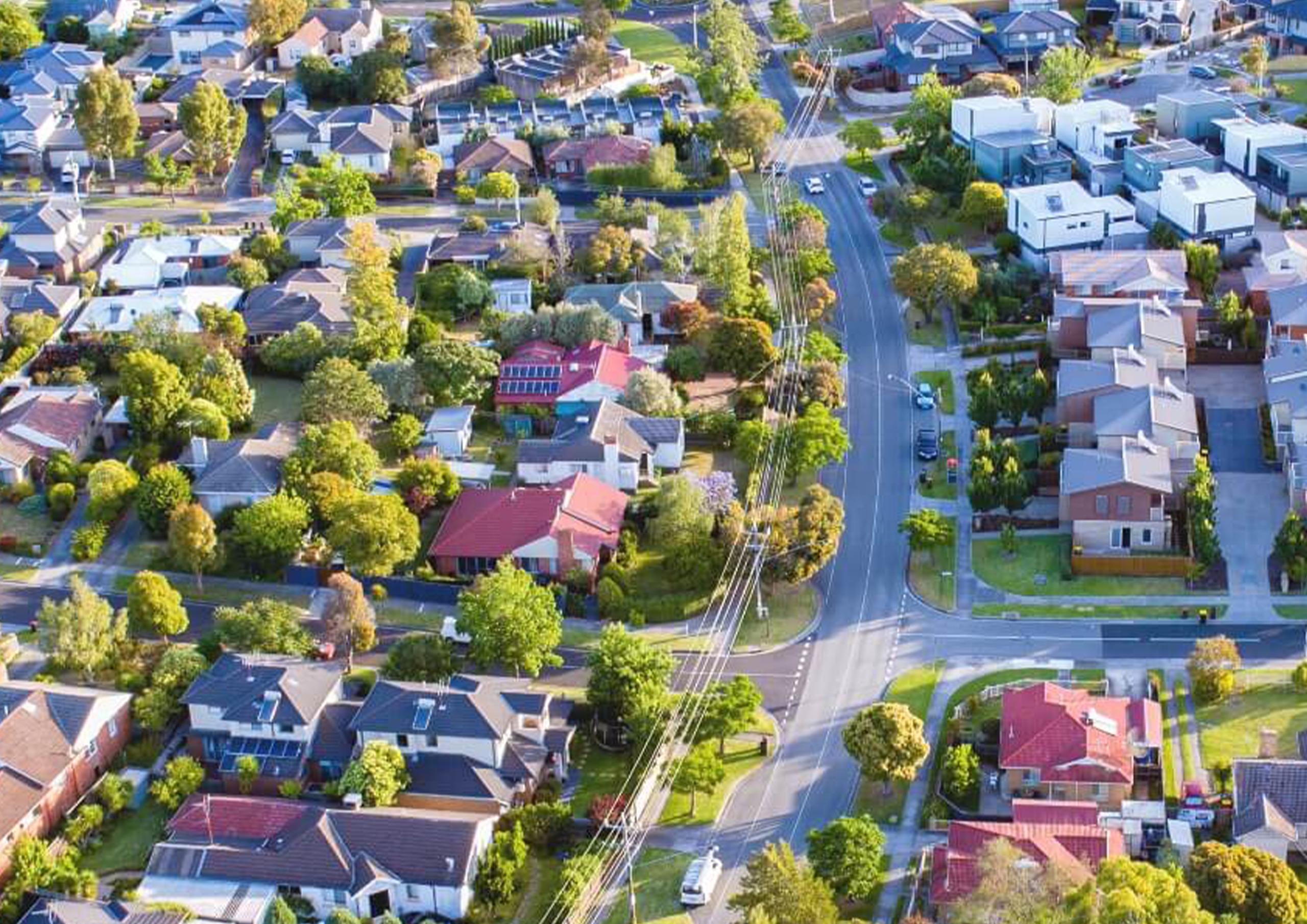
Environment
Net zero built environment
Buildings built to enable net zero emissions.
Resilient built environment
Building laws, standards, and performance are at an appropriate level to meet the health and wellbeing needs of our future population and contribute to better building outcomes.
Circular economy
The building and construction industry minimises its environmental footprint by reducing its quantum of waste, adopting best practice recycling programs, and minimising its water usage.
Social
fair and safe workplace conditions
To achieve a sustained and ongoing reduction in fatalities and injuries within the building and construction industry.
Equality, diversity and inclusion
That the building and construction workforce reflects the Australian population.
Mental health
To ensure the building and construction industry is known as a sector that fosters and supports positive workplace mental health and has eliminated (or substantially reduced) the incidence of suicide amongst industry participants.
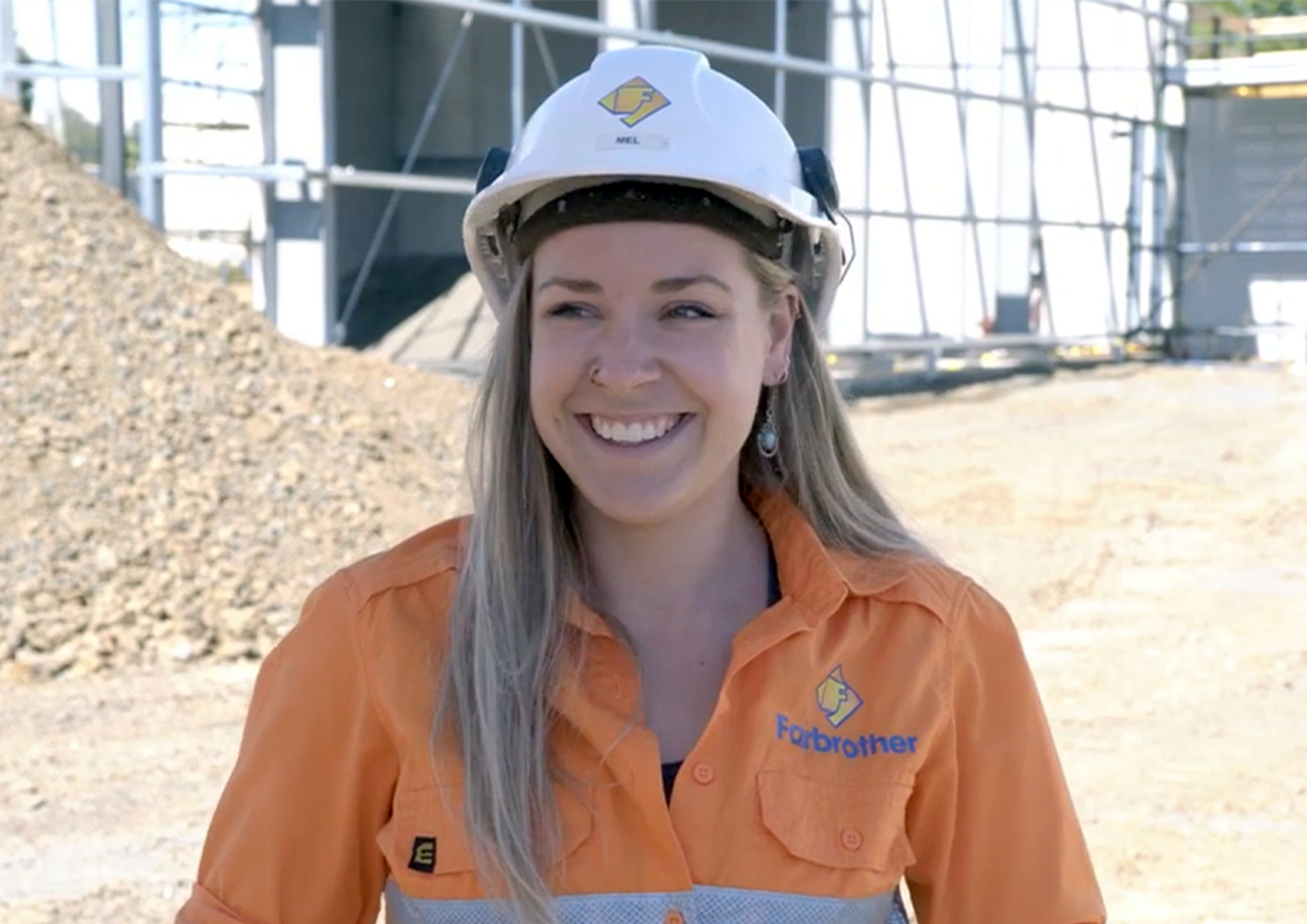
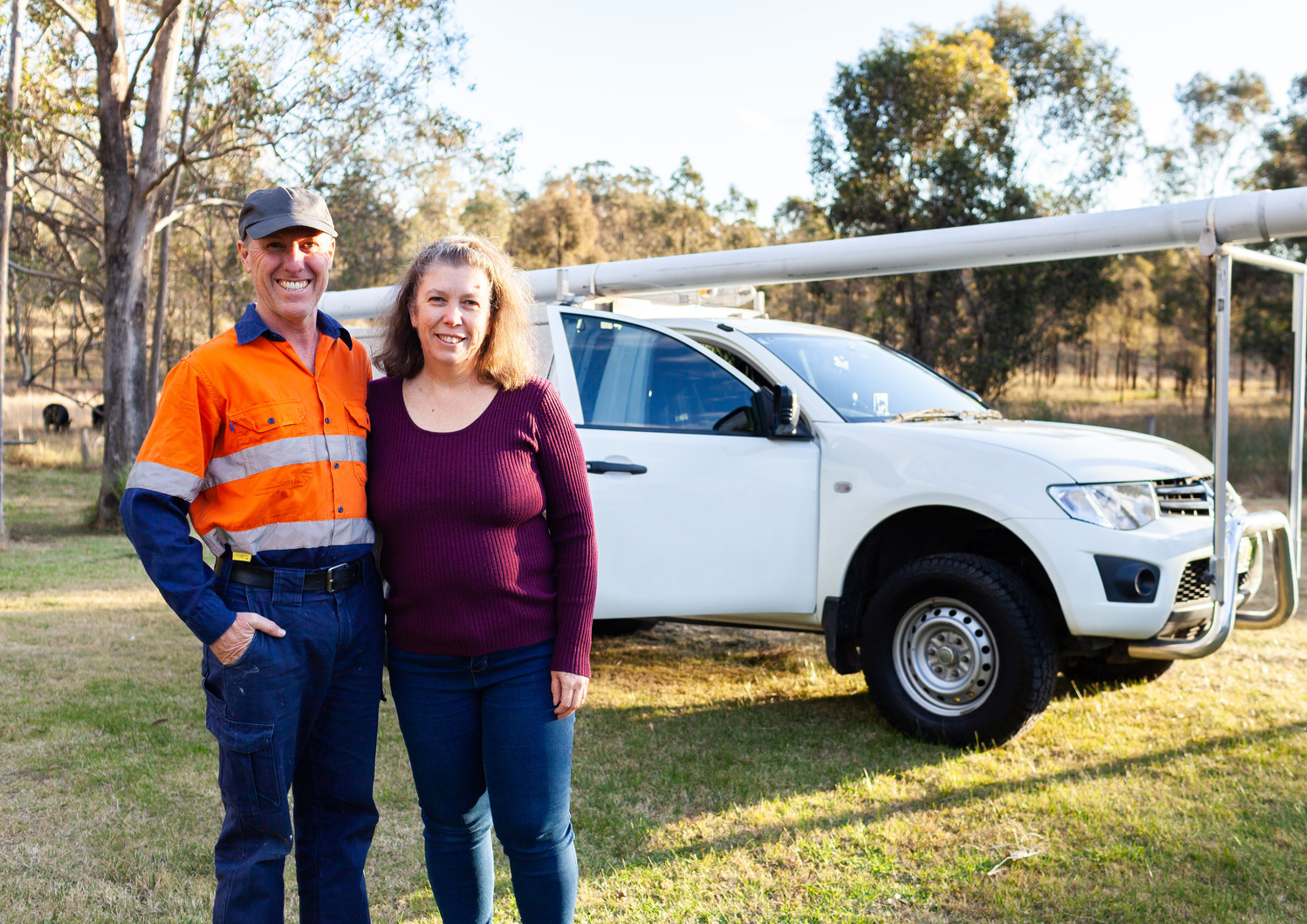
Governance
Business conduct
The structures, frameworks and relationships in the industry supply chain reflect a profitable and sustainable outcome for all.
community engagement
That the industry has developed and implemented best practice standards in community engagement.

